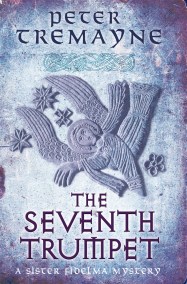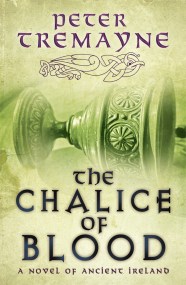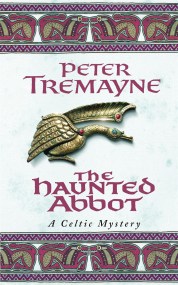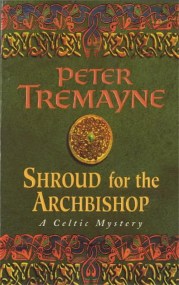Super sleuth Sister Fidelma returns in THE MONK WHO VANISHED, the seventh historical mystery by Peter Tremayne, acclaimed author of VALLEY OF THE SHADOW, THE SPIDER’S WEB and many more.
PRAISE FOR THE SISTER FIDELMA SERIES: ‘The background detail is brilliantly defined . . . wonderfully evocative’ The Times, ‘A brilliant and beguiling heroine. Immensely appealing’ Publishers Weekly
The Abbey of Imleach, in the south-west Irish kingdom of Muman, now rivals Armagh as the centre of the faith in Ireland. For the founder of the abbey was none other than St Ailbe, the man who brought Christianity to Muman, converted its king and baptised him at Cashel in AD448.
But now, calamity has struck the community of the abbey. Not only has an elderly monk suddenly disappeared, but the holy relics of St Ailbe have also vanished. These sacred relics are not just the concern of the abbey’s community but are a priceless icon and political symbol of the entire kingdom. So who would have dared to take them?
Sister Fidelma, together with Saxon Brother Eadulf, are asked to investigate. It seems there is more to the disappearances than meets the eye; much more. Fidelma gradually uncovers a sinister conspiracy, in which the participants will stop at nothing – even murder – to achieve their aims …
What readers are saying about THE MONK WHO VANISHED:
‘An excellent mystery, high intrigue aimed at the heart of the kingdom’
‘Another superb story from Peter Tremayne. One of his best as the secrecy and mystery surrounding the murders that occur makes this story truly lifelike‘
‘Five stars – the series continues to delight and entertain‘
Newsletter Signup
By clicking ‘Sign Up,’ I acknowledge that I have read and agree to Hachette Book Group’s Privacy Policy and Terms of Use
Reviews
A clever plot, ingeniously resolved...the atmosphere of 7th century Ireland is so well recaptured that it becomes absolutely real.
'A clever plot, ingeniously resolved...the atmosphere of 7th century Ireland is so well recaptured that it becomes absolutely real.' SHOTS
'The background detail is brilliantly defined' The Times






























